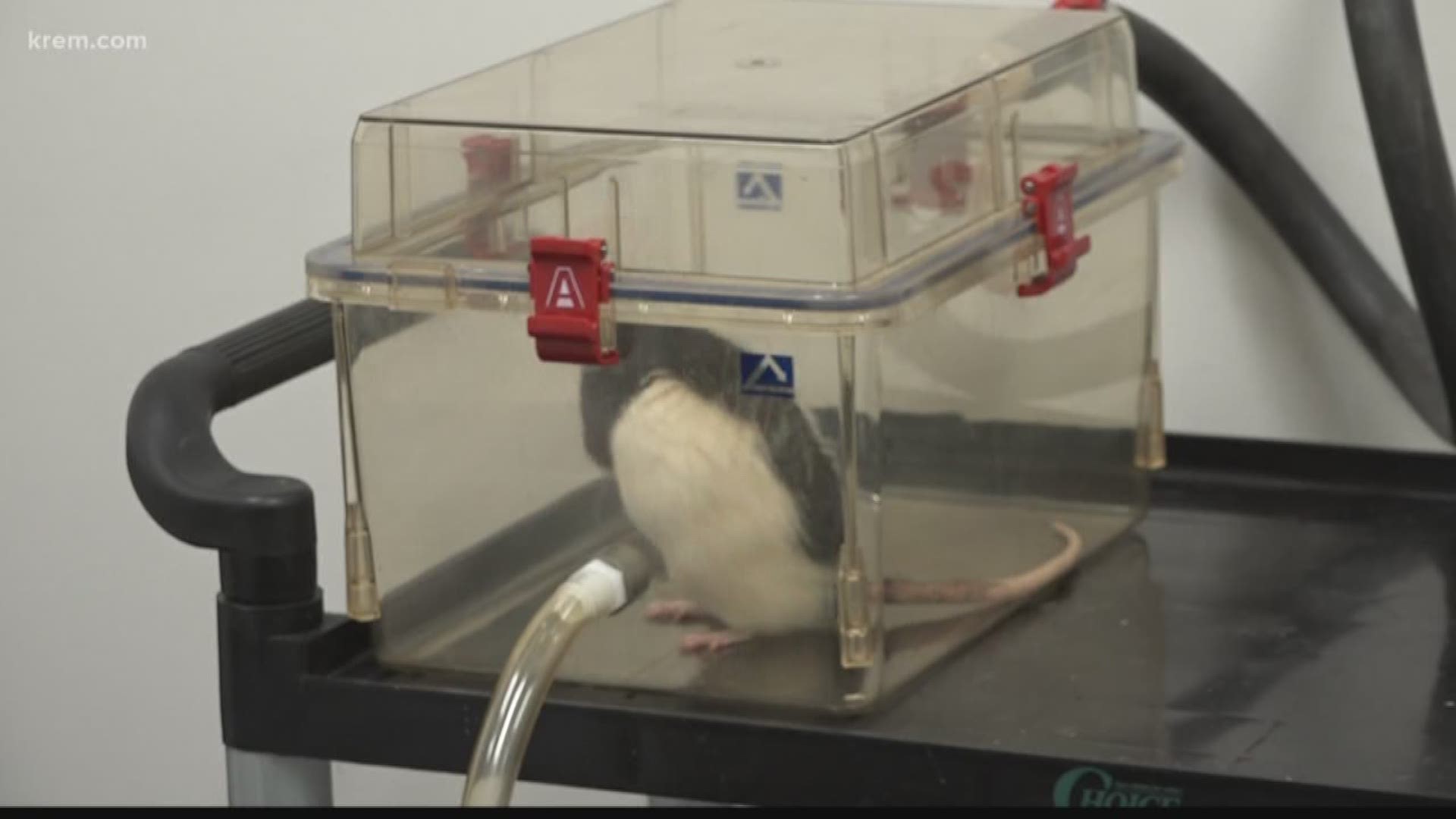PULLMAN, Wash. -- Researchers at Washington State University are studying the science behind the munchies.
A scientist is looking at the connection between rats exposed to pot and how much they eat.
“We are exposing them to vaporized weed essentially,” Assistant Professor of Neuroscience at Washington State University Jon Davis said.
Hotboxing a rat all in the name of science.
“This animal already has his eyes squinting he's hanging out in the back of the chamber where he is getting most of the marijuana smoke,” Davis said.
By observing the rat's eating habits after being exposed to the drug, Davis hopes to find a way to help sick people's appetite.
“The initial inspiration was to try and figure out another way to help people with feeding disorders anorexia and or obesity included,” Davis explained.
Every single rat exposed to the drug ate exactly two hours later. Davis thinks the delayed eating time has something to do with the specific strain of marijuana he used.
“Now that we have this system that can test feeding behavior we can test all of the different strains and say, 'Oh this one makes you eat, this one doesn't. This is two hours, this is 30 minutes,'” he said.
The desire to eat after being exposed comes from a hormone called Ghrelin in the gut. The science behind this relationship answers questions like, ‘How does marijuana make you eat?’
“Somehow it's talking to the stomach and somehow it's talking to the brain but by understanding these mechanisms we hope to we can turn on feeding in people that need to eat but also turn it off in people that don't need to eat as much,” Davis said.
A different side of a drug that turns munchies into medicine.

